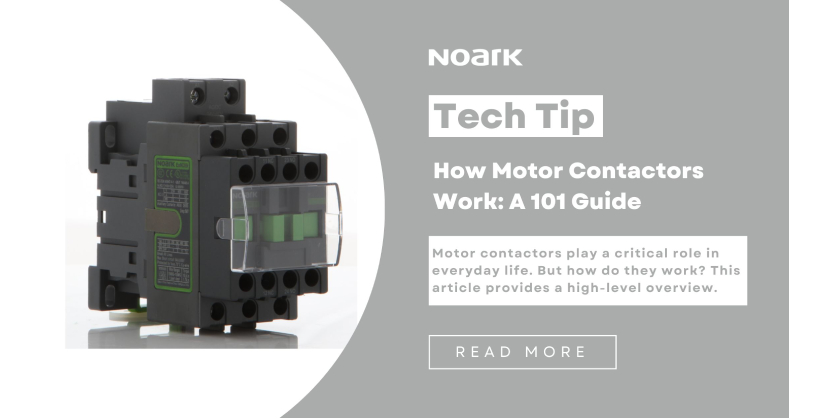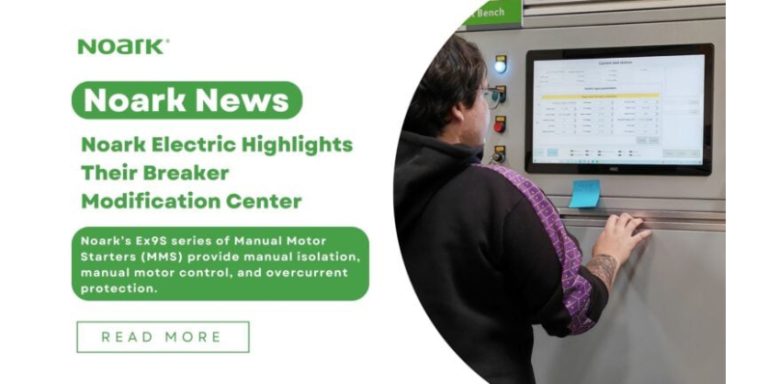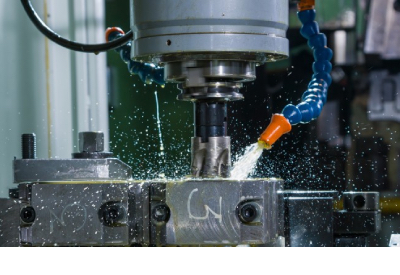Noark Electric Explains How Motor Contactors Work: A 101 Guide
August 22, 2023

Motor contactors are electrical switches used as means of control, connecting or disconnecting electric motors and other load devices to the power supply. They are typically designed for normally open contacts, which ensures the load disconnects whenever the coil of the contactor de-energizes. Because this interrupts heavy motor currents, arcing must be suppressed and controlled with an arc extinguishing device, which functions alongside the contactor’s electromagnetic and control systems. For those wondering, “How does a motor contactor work?”, Noark Electric will explain how these components function together to connect electric motors safely and efficiently.
What Are the Components of a Motor Contactor?
- Coil or Electromagnet: The electromagnetic coil provides the force needed to close the contacts.
- Contacts: Contacts perform the current carrying function in a contactor. There are three contact types: contact springs, power contacts, and auxiliary contacts. Each plays a unique role in how a current passes through the contactor to the load.
- Frame: the frame houses, protects, and insulates the contacts, coil and other components. They can be made of a wide range of materials, including polyester, polycarbonate, Nylon 6, thermosetting plastics, and Bakelite. Open-frame motor contactors normally have a secondary enclosure to protect them from weather, dust, oil, or other explosive hazards.
Types of Contactors
To accommodate different electrical applications, there are several types of contactor, which include the following:
- Definite-purpose contactors, used in the HVAC equipment to control single- and three-phase loads (mostly for low duty-cycle applications).
- Safety contactors, where the contacts are mechanically linked, ensuring all three poles simultaneously close and that the contactor fails in an open state.
- Non-reversing (FLNR) contactors (such as Noark’s Ex9C Series 9A to 1,000A Standard IEC Contactor), which use a single contactor for single one phase or three phase motor applications.
- Reversing contactors (FLR), such as Noark’s Ex9CR Series 9-500A are multi-contactor assembly connected by an electrical and mechanical interlock that ensures only one contactor closes at a time.
The Difference Between a Contactor and A Motor Starter
A motor starter combines a means of starting a motor (connect/disconnect), as well as providing branch circuit protection, and overcurrent protection for the motor. A Contactor on the other hand is an electrical switch that connects power to the load. A motor contactor on its own has the following attributes:
- Three components: (1) an electromagnetic system, (2) a contact system, and (3) an arc extinguishing device.
- Contactors work with normally open contacts (in most cases), cutting the load’s AC and DC main circuits once the coil is de-energized.
- Compact for easy field mounting or handheld use (sometimes metered).
- Designed to mitigate electrical arcing.
- A wide range current carrying capacity, from several to thousands of amperes.
- Durable with several tens of thousands of open and closed operations.
There are also several additional accessories possible, including:
- Different coils.
- Auxiliary contacts.
- Mechanical interlocks.
- Surge suppression block.
- Time delay relay.
As durable as contactors are, be aware that they aren’t intended to interrupt short-circuit currents.
Motor starters are able to offer protection to motors and may use contactors for remote operation, but the starter itself have a very different construction.
More About Noark’s Advanced Motor Contactors for High-Load Applications
Motor contactors work by controlling the circuit to connect or disconnect the load from the supply. This is done by energizing the coil which in turn closes the power contacts to supply power to the load or de-energizing the coil which opens the contact and disconnects the power to the load. This allows users to control motors and other high-load devices with less risk, making motor contactors essential components in any motor load application. Although the contactor is used in a motor starter for remote operation, the two are different devices with distinct functions.
More Information
If you have any questions about Noark’s advanced motor contactor products, contact Noark Electric or request a quote. Their experienced electrical engineers can quickly help you select the right motor contactor for your high-load application.
Related Story
Noark Electric Highlights Their Breaker Modification Center

Noark Electric is well-known for their world-class manufacturing and rigorous testing of their products that meet or exceed the highest performance standards in the industry. What should be better known is their ability to rapidly modify or produce products that satisfy their customers’ unique specifications. In this article, Rob Farrell, Marketing Director of Noark Electric, and Robert McKean, Assembly Technician at the Noark Power Breaker Modification Center discuss the Mod Center and how it is expanding to better serve electrical OEMs across North America.





